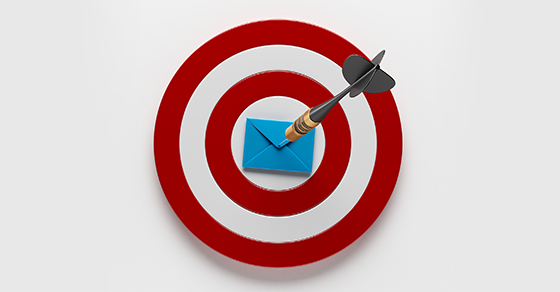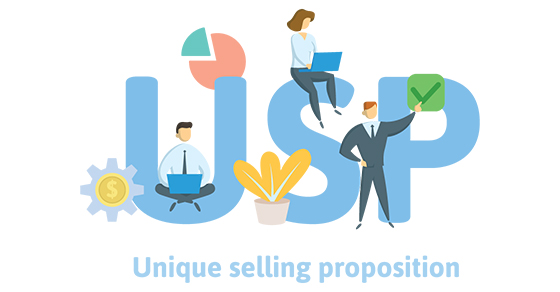Online retail sales have been booming during the COVID-19 pandemic. This trend has been driven not only by the buying public’s increased inclination to minimize visits to brick-and-mortar stores, but also by the effectiveness of many retailers’ virtual marketing efforts.
One such effort that can benefit most any type of business is email marketing. Although social media marketing tends to get the lion’s share of attention these days, email remains a viable medium for getting out your message — particularly to existing customers.
As your company endeavors to continue marketing its products or services in an uncertain economy, be sure your emails hit the target by relying on some tried-and-true fundamentals.
Draw their attention
Every email starts with a subject line; be sure yours are catchy. They should be no longer than eight words and shouldn’t be in all caps. Put yourself in the customer’s place by paying close attention to demographics. Ask yourself whether you would open the email if you fit the profile. Also, clearly indicate the message’s content.
If your subject line is compelling enough, your recipients will open the email. And the first thing readers should see upon doing so is an equally memorable headline. Make sure it’s different from the subject line, short (four or five words) and in a larger font size than the body of the message.about:blankREPORT THIS AD
Make your case
When it comes to the body of the email, make it a quick and easy read. Most people won’t read a lot of text. Think of each marketing email as an “elevator speech,” a quick and concise pitch for specific products or services.
Above all, be persuasive. Customers want to fulfill their needs at a reasonable price, but they may not always have a clear idea of what those needs are. Don’t expect them to search for answers about whether you can meet these expectations. Show them what you’ve got to offer and tell them why they should buy.
Add finishing touches
Consider including visual and interactive content in your marketing emails — such as images, GIFs and videos. Bear in mind, however, that not all email providers support every type of interactivity. Use it judiciously and gather feedback from customers on whether the content is a nice touch or an annoyance.
Last, but not least, close with a “call to action.” Instill a sense of urgency in readers by setting a deadline and telling them precisely what to do. Otherwise, they may interpret the email as merely informational and file it away for reference or simply delete it. Be sure to include clear, “clickable” contact info.
Measure and improve
These are just a few of the basics to keep in mind. We can help your business measure the results of its marketing activity, email and otherwise, and come up with cost-effective ideas for improving the profit-potential of how you interact with your customers and prospects.
© 2020






